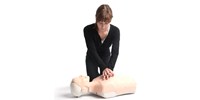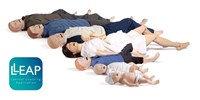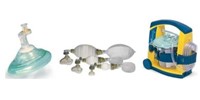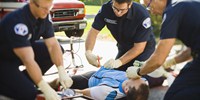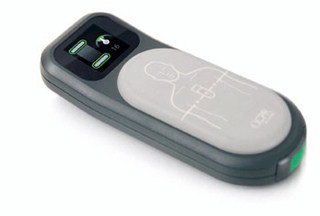Why can QCPR be difficult to achieve and how can we make it easier?
What do you need?
Training Equipment
Regular training, with feedback, should be undertaken every 3 months.
Therapy Equipment
Ensure you provide QCPR during the chaos of an emergency.
Defibrillator
An AED should be close at hand
If we do it right, we can save even more lives - QCPR makes the difference!
We know correct compression depth should be between 5-6 cm but research has found that even achieving this can be difficult to ensure. Tomlinson et al (2007) found that, depending on the patient's chest, the required pressure may actually range from as much as 10-55kg.
Survival chances increase with QCPR

We need to ask ourselves questions such as:
- Can we feel an adequate compression depth?
- Are compression rates consistently between 100-120 per minute?
- Is any time wasted between compressions?
These skills can be established through training but they need to be maintained as they will decay over time, even for professionals (Hamilton, R. (2005)).
What is the easiest way to achieve accurate QCPR?
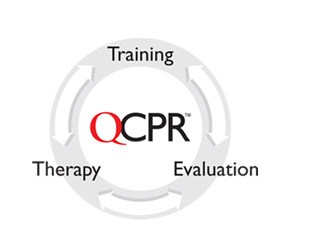 |
Just by following these simple steps, we can ensure more lives are saved.
|
How can a live feedback device ensure QCPR?
Using a live feedback device (such as CPRmeter) can ensure QCPR is provided during an emergency by providing the live readings shown below. These readings allow for small adjustments to be made whilst care is provided to ensure quality.
This feedback is also logged so performance can be evaluated afterwards.
Live performance readings provided by CPRmeter
Good depth, release and rate |
Compress deeper |
Release between compressions |
Compress slower |
Inactivity time |
Compression counter |
|
|
|
|
|
|
|
Watch this video to see how a live situation can evolve into additional training opportunity
Tomlinson AE, Nysaether J, Kramer-Johansen J, Steen PA, Dorph E. Compression forcedepth relationship during out-of-hospital cardiopulmonary resuscitation. Resuscitation. 2007; 72: 364-370.
Hamilton, R. 2005. Nurses´ knowledge and skill retention following cardiopulmonary resuscitation training: a review of the literature. J Adv Nursing, 51(3), 288-297.

 Hong Kong
Hong Kong
